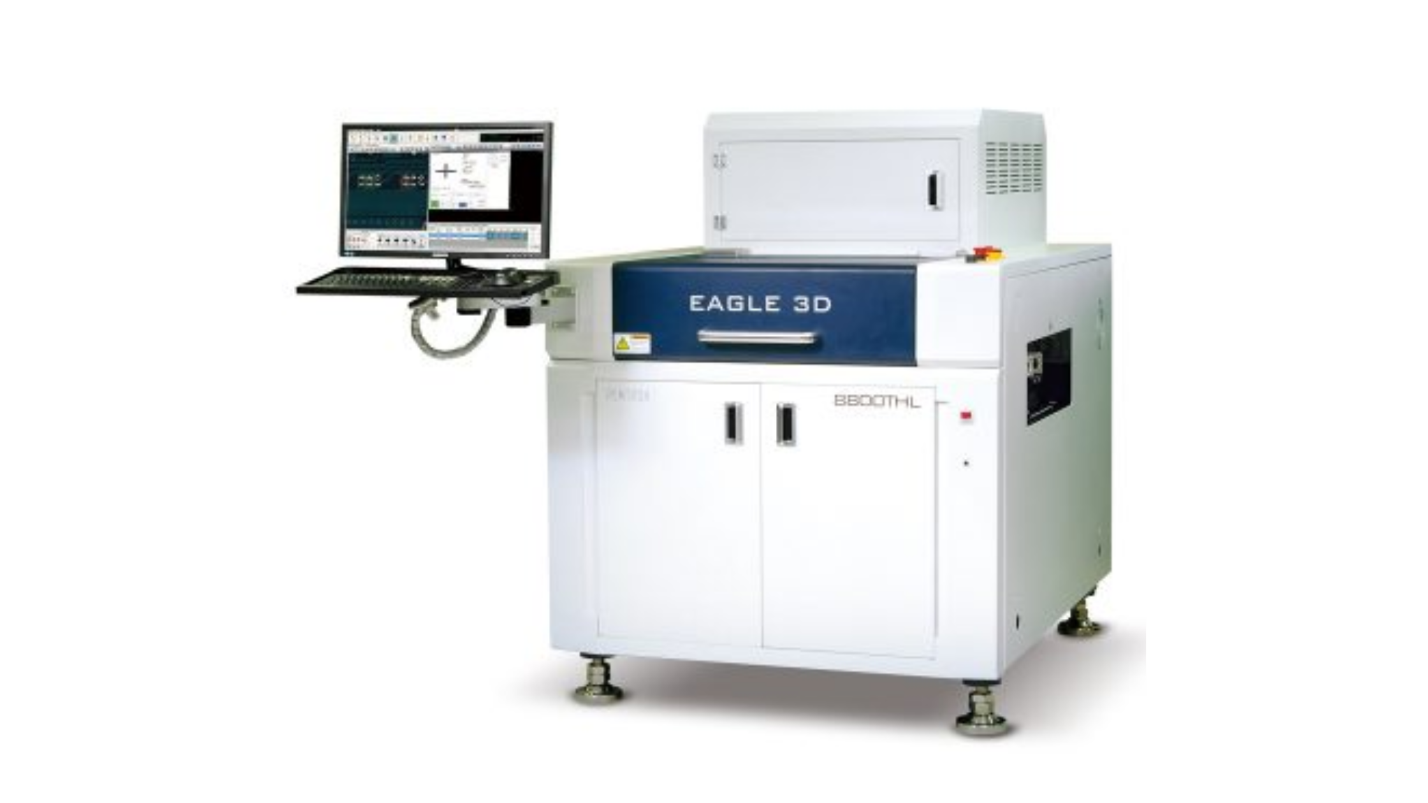 Do you know what an AOI machine is, particularly inline AOI and how it can transform your PCB quality control? As quality assurance has evolved beyond zero tolerance, modern PCB needs accuracy, precision, and effectiveness.
Do you know what an AOI machine is, particularly inline AOI and how it can transform your PCB quality control? As quality assurance has evolved beyond zero tolerance, modern PCB needs accuracy, precision, and effectiveness.
Let’s find out about AOI machines together!
Every component of a printed circuit board has to be placed perfectly, where even the smallest error can lead to product line failures. This is why instead of relying solely on human eyes, manufacturers use an AOI machine to detect misalignment, soldering issues, or missing parts with efficiency, speed, and consistent quality.
If you are unsure about what an AOI machine works for and why your production line needs one, leave it to us. HJE Tech India PVT. LTD. brings you this guide, where we will walk you through everything you need to learn about an AOI machine
What is an AOI Machine: Expert Insights 101
What is an AOI Machine?
An AOI (Automated Optical Inspection) machine is exactly what the name suggests. It is a smart optical system that inspects PCBs using high-resolution cameras and software. It checks whether components are placed correctly, whether the solder joints are solid, and whether any part is missing, flipped, or misaligned.
In simple terms, it’s like having a set of hyper-accurate digital eyes on your production line. Unlike human inspectors who might miss something after hours of repetitive checks, an AOI machine never blinks and never overlooks small but critical details.
There are two types of AOI machines: inline and offline. Inline systems are integrated into the production line for real-time, automated inspection of every board, ideal for high-volume manufacturing, while offline systems are standalone units used manually for detailed inspections of small batches, prototypes, or tricky boards.
To gain speed and greater continuous quality, inline AOI machines stand out.
Understanding the Working of an Inline AOI Machine
At its core, the AOI process has three main steps:
- Imaging: The board passes under cameras that capture detailed images from multiple angles.
- Analysis: The software compares these images to a “golden” reference board or predefined parameters.
- Decision: If any deviation is spotted, it’s flagged instantly for review or correction.
In advanced setups, inline AOI machines are integrated directly into the SMT assembly line, performing inline inspections right after soldering or placement. This allows instant feedback to pick-and-place machines, so an error can be corrected immediately rather than hours later.
What is the Importance of an Inline AOI Machine?
1. Prevents Costly Defects Early
Catching errors after reflow or assembly is expensive. Inline AOI helps you spot issues before they move forward, preventing scrap or rework.

2. Delivers Consistency Every Time
Inline AOI maintains uniform inspection quality across multiple shifts, ensuring consistent product output.
3. Handles High-Density PCB Designs
With today’s miniature components and ultra-fine pitches, visual inspection just isn’t practical anymore. Inline AOI thrives in these tight spaces where precision matters most.
4. Feeds You Quality Data
Modern AOI systems don’t just detect flaws; they also collect data. Over time, this data helps process engineers identify recurring issues and fine-tune the production process.
5. Builds Trust with Clients
For manufacturers supplying to industries like medical electronics or automotive, inline AOI helps maintain compliance and boosts customer confidence in every shipment.
Why Choose HJE Tech India Pvt. Ltd.?
At HJE Tech India Pvt. Ltd., we understand that every PCB manufacturer’s biggest fear is hidden defects slipping through the cracks. That’s why we offer end-to-end solutions built around quality, precision, and uptime.
Here’s what makes us stand out:
- Premium SMT/THT solutions
- Service across multiple industries
- A team of professionals with over 10 years of experience
- Comprehensive, transnational support system for commercial and technical purposes
- Serving Asian, African, and Middle Eastern PCB assembly industries
Choose a one-stop SMT solution. Choose HJE Tech India PVT. LTD.
Conclusion
AOI machines are an integral part of the PCB assembly process. They offer you consistency and allow businesses to achieve higher yields, lower costs, and improved efficiency. If your customers expect nothing short of perfection, then integrating an inline AOI machine in your SMT line is a must.
They are here to ensure that every board that leaves your factory is reliable, accurate, and ready for the market.
Smarter Automation and Top-Quality AOI Machines
Take your PCB production to the next level with HJE Tech India PVT. LTD. Our advanced SMT machines are designed to deliver flawless, high-speed production efficiency, quality, and reliability.
We are your one-stop SMT/THT solution. Shop with us today!
FAQs
What is an AOI machine?
An AOI (Automated Optical Inspection) machine is a system that uses cameras and software to automatically inspect products for defects during or after manufacturing. It replaces manual visual inspection with a more accurate, faster, and consistent automated process.
What does an AOI machine review?
It checks for open circuits, solder bridges, excess solder, lifted lead, misaligned or missing components, and much more.
Why is AOI important in PCB assembly?
AOI ensures defect-free PCB production by detecting errors early. It improves yield, reduces rework costs, maintains consistent quality, and supports complex, high-density designs. By preventing defective boards from reaching customers, AOI safeguards both operational efficiency and brand reputation.
What industries benefit most from AOI machines?
Industries requiring precision and reliability, like automotive electronics, medical devices, aerospace, and consumer electronics, benefit greatly. AOI ensures compliance with industry standards, reduces defects, and maintains high product quality across critical applications.
